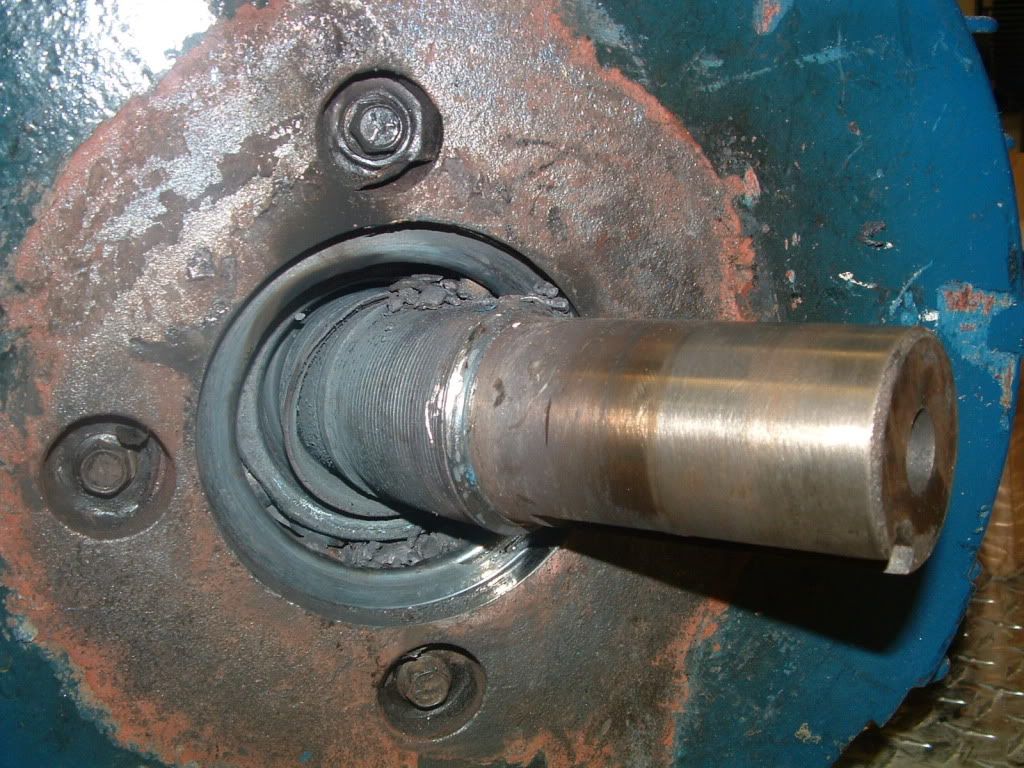ptonsparky
Tom
- Occupation
- EC - retired
We had a customer with a 250 hp that did virtually the same thing within a few weeks of installation. That motor was gone and the new one mounted when we were called in to check the installation of the replacement. With all the noise of the equipment around this fan you don't hear anything specific. Using a Fluke 43 B we could watch the current change as the belts slipped then caught again. We had the belts tightened until the current stabilized. Better than two men with a four foot cheater and a wrench, which seems to be a typical method of belt tensioning.
One of the first things we do with belt driven equipment is to check the amp draw and belt tension. There is a noticable difference, at least on smaller equipment.
One of the first things we do with belt driven equipment is to check the amp draw and belt tension. There is a noticable difference, at least on smaller equipment.


